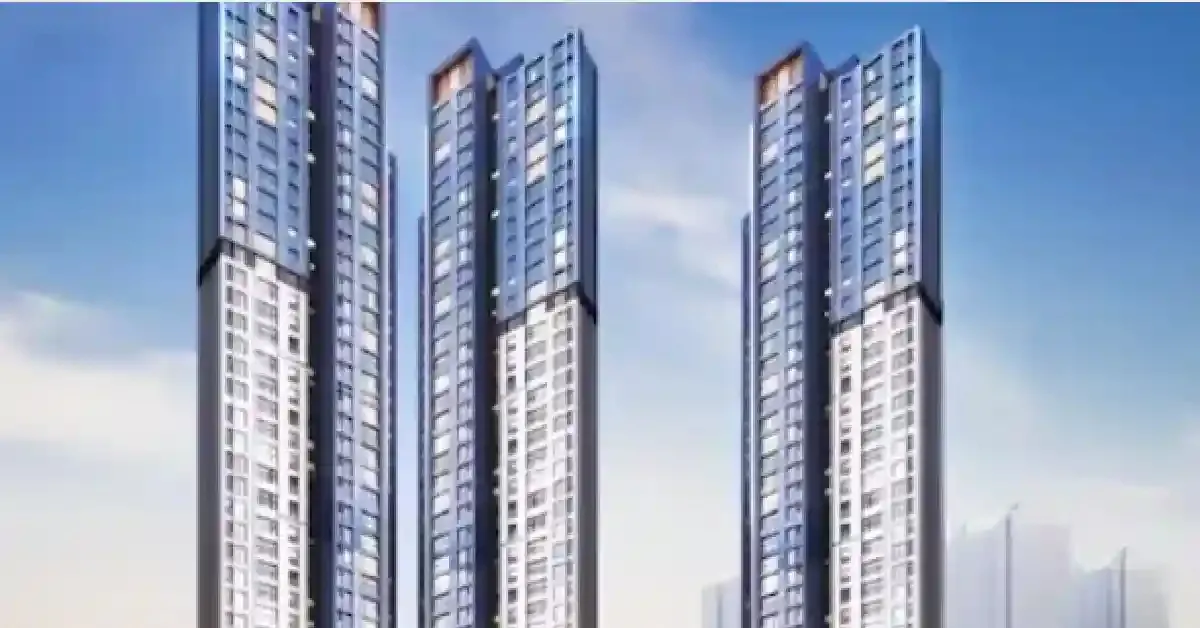As India completes 73 years of independence, a new real(i)ty has dawned on India's major cities. COVID-19 has highlighted the urgent need for affordable housing – rental or buy – across the country's cities where most migrant workers come to seek a living.
The incumbent government's ‘Housing for All by 2022’ initiative is inching closer to reality. RERA too has made considerable progress. However, the Coronavirus pandemic savagely underscored the absence of affordable rental housing in major cities, resulting in a mass exodus of migrants with no income during the lockdown. The government shifted gears on its flagship scheme and included
affordable rental housing in it.
A home for every migrant?
Getting the Cabinet's nod recently,
Affordable Rental Housing Complexes (ARHCs) under PMAY (U) is clearly an attempt to bridge the shortfall of affordable homes across Indian cities. A unique initiative, this scheme aims to give the urban poor access to proper affordable rental housing close to their workplaces and reduce dependence on slums, informal settlements and remote peri-urban areas.
All states will be asked to develop such products and encourage private partnerships. The move will not just regularise the rental housing market across the country but also add another asset class for developers to consider.
The ARHC scheme is to be implemented via two models:
- By utilising existing government-funded vacant homes by converting them into ARHCs under public-private partnership.
- Construction, operation and maintenance of ARHCs by private/ public entities on their own vacant land.
To begin with, the government plans to use about 1 lakh unused housing units built under the JNNURM and the Rajiv Awas Yojana (RAY) – the previous government’s urban upgrade and housing programmes – to provide rental housing. The monthly rentals for homes under ARHCs are likely to be fixed between Rs 1,000 to Rs 3,000.
To attract private participation, the government has also rolled out special incentives such as use permission, 50 per cent additional FAR/FSI, concessional loans at priority sector lending rates and tax reliefs at par with affordable housing to develop ARHCs on their own available vacant land for 25 years.
However, low yields may be a major deterrent for private participation. While funding for such projects would be at concessional rates, many developers who have bought land at steep prices in the cities earlier on may find the proposition unattractive. Will the government unleash further incentives?
Draft Model Tenancy Act, 2019 – still in limbo
To replace India's archaic 70-years-old rental laws, the government initiated the Draft Model Tenancy Act 2019 last year. The housing and urban affairs ministry is now looking to approach the Cabinet for its approval.
The Model Tenancy Act aims to bridge the trust deficit between tenants and landlords by clearly delineating the obligations of tenants and landlords. To ensure speedy redressal of disputes, it also proposes to establish Rent Court and Rent Tribunal that will hear appeals for matters connected to rental housing. This Act can fuel the rental housing supply pipeline by attracting more investors, and more rental housing stock will help students, working professionals and migrant populations to find urban accommodation.
PMAY (U) – steady progress
Five years after the implementation of this ambitious scheme, Pradhan Mantri Awas Yojana (Urban) has made steady progress across states. As on date, a total of 1.06 Crore homes have already been sanctioned in the country, of which 33 per cent or approximately 35.18 lakh homes are completed while another 66.23 lakh units have been grounded for construction.
A sharp 180 per cent rise of project completions was seen between December 2018 and early August 2020 – from 12.58 lakh homes completed back in December 2018 to over 35.18 lakh homes as of August 2020.
Of the total homes sanctioned, Andhra Pradesh has the highest number (20.16 lakh homes), followed by Uttar Pradesh with over 15.95 lakh homes and Maharashtra with over 12.34 lakh homes.
In terms of completion, out of the total 35.18 lakh houses completed, Uttar Pradesh is top on the list with more than 5.34 lakh homes already completed, followed by Gujarat with 4.22 lakh homes and Maharashtra with 3.44 lakh homes.
RERA – gaining traction
In more than
three years since its implementation, RERA is shaping up into the consumer-empowering force it was envisioned to be. As of July 31, 2020, more than 54,153 real estate projects and 41,583 real estate agents have been registered under RERA across the country. 50,322 complaints have been disposed of by the authorities across various states/UTs, according to data by the Ministry of Housing and Urban Affairs. Out of this, nearly 60 per cent of cases were resolved in the last year alone.
According to the latest readings on the Ministry of Housing and Urban Affairs (MoHUA) website:
- 33 states/UTs have notified rules under RERA; One North Eastern State (Nagaland) is under process to notify the rules. Rules in UTs of Ladakh will be notified soon. West Bengal has enacted its own legislation, which has been challenged before Supreme Court and MoHUA has filed its affidavit to annul it.
- 30 states/UTs have set up the Real Estate Regulatory Authority (Regular - 25, Interim - 05). Jammu & Kashmir, Meghalaya and Sikkim have notified the rules but yet to establish Authority.
- 24 states/UTs have set up Real Estate Appellate Tribunal (Regular – 16, Interim – 08). (Arunachal Pradesh, Assam, Himachal Pradesh, Jammu & Kashmir, Kerala, Lakshadweep, Meghalaya, Mizoram and Sikkim are under process to establish).
- Regulatory authorities of 26 States/UTs have operationalised their websites under the provisions of RERA. (Arunachal Pradesh, Assam, Manipur, Puducherry are under process to operationalise).
Meanwhile, the
RBI has taken steps that have, to some extent, eased the woes of the sector amid the COVID-19 pandemic. From repo rate cuts to loan moratoriums, and from an infusion of liquidity for NBFCs and HFCs to a one-year extension of the CLSS scheme up to March 2021, there has been considerable action.
Most recently, the RBI opened up the window for restructuring loans to companies, individuals and MSME under mandated safeguards. This has given also given something of a breather to the liquidity-strapped industry.
From the dawn of independence to today, the Indian real estate sector has come a long way. Yet, the goal of a roof over every Indian's head has never been a more urgent compulsion. As we usher in our 74th year of independence, there is still a long way to go. And yet, despite the various upheavals to date, the foundation upon which to build a stronger and more inclusive industry has never been stronger.
About the Author:
Anuj Puri is Chairman at Anarock Property Consultants.




















